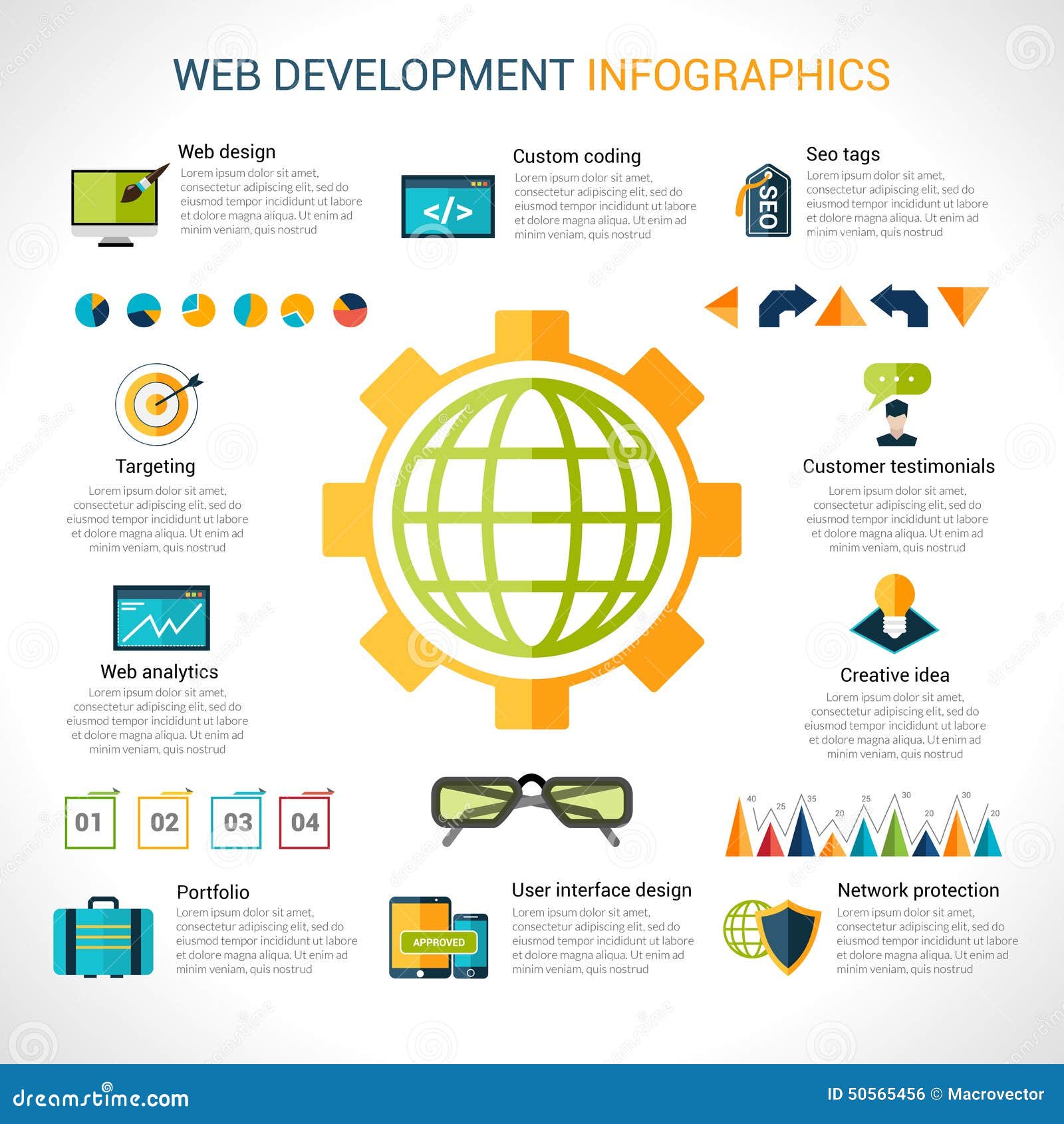Fascinated In Discovering How Web Site Layout Has Advanced For Many Years? Explore The Journey From Standard, Uncomplicated Designs To User-Centric User Interfaces That Focus On The Site Visitor'S Experience
Fascinated In Discovering How Web Site Layout Has Advanced For Many Years? Explore The Journey From Standard, Uncomplicated Designs To User-Centric User Interfaces That Focus On The Site Visitor'S Experience
Blog Article
Web Content Develop By-Lamb Vinson
In the past, internet sites were basic and focused on details. Navigation was straight, and style was for desktop computers. Now, customer experience is crucial. Data guides designs for easy navigation. Receptive formats suit different devices. Today, dark mode lowers stress, and minimal menus enhance navigation. Interactive attributes involve customers, and strong visuals attract attention. AI assimilation enhances interaction. See exactly how design has actually progressed to improve your on-line journey.
Early Days of Website Design
In the very early days of website design, simpleness reigned supreme. Sites were basic, with restricted shades, typefaces, and designs. The focus was on offering details rather than showy visuals. Customers accessed the web via slow dial-up links, so speed and capability were key.
Navigation food selections were straightforward, normally situated on top or side of the page. Sites were developed for desktop, as mobile browsing had not been yet common. Web content was king, and developers prioritized simple readability over intricate style aspects.
HTML was the primary coding language used, and developers needed to work within its restraints. https://searchengineland.com/google-to-add-page-experience-ranking-signals-to-desktop-search-in-february-2022-375807 and interactive attributes were very little compared to today's standards. Web sites were fixed, with little vibrant material or personalized customer experiences.
Increase of User-Focused Style
With the evolution of site style, a shift towards user-focused design concepts has ended up being significantly famous. Today, developing internet sites that prioritize individual experience is essential for engaging site visitors and achieving company goals. User-focused layout entails comprehending the demands, preferences, and behaviors of your target market to tailor the site's design, content, and features as necessary.
Developers currently perform comprehensive research study, such as individual surveys and functionality screening, to gather understandings and comments straight from individuals. This data-driven technique aids in developing intuitive navigating, clear calls-to-action, and aesthetically attractive user interfaces that reverberate with site visitors. By putting the customer at the center of the design process, internet sites can deliver a much more tailored and pleasurable experience.
Responsive layout has actually additionally become a vital aspect of user-focused style, making sure that web sites are optimized for numerous devices and display sizes. click here enhances ease of access and functionality, catering to the varied ways users engage with web sites today. In essence, the surge of user-focused style symbolizes a shift towards creating digital experiences that focus on the needs and assumptions of completion user.
Modern Trends in Web Design
Check out the latest trends shaping website design today. One popular fad is dark mode design, offering a streamlined and modern look while reducing eye stress in low-light atmospheres. Another vital fad is minimal navigation, simplifying menus and enhancing customer experience by concentrating on essential elements. Incorporating micro-interactions, such as animated switches or scrolling effects, can develop an extra appealing and interactive site. Responsive design remains essential, making sure smooth customer experiences throughout different gadgets. Furthermore, making use of bold typography and unbalanced designs can add visual passion and accentuate specific web content.
Incorporating AI modern technology, like chatbots for consumer support or tailored suggestions, improves customer interaction and enhances procedures. Availability has additionally come to be a significant trend, with designers focusing on comprehensive style techniques to accommodate varied individual needs. Embracing sustainability by optimizing website performance for rate and performance is one more emerging pattern in website design. Collaborating with individual responses and information analytics to iterate and enhance layout constantly is important for staying appropriate in the ever-evolving digital landscape. By welcoming these modern-day trends, you can develop a visually attractive, easy to use site that resonates with your audience.
Conclusion
As you review the development of website style from the very early days to currently, you can see just how user-focused design has actually become the driving pressure behind modern-day trends.
Accept the journey of adjustment and adaptation in website design, always keeping the individual experience at the forefront.
Keep present with the latest trends and modern technologies, and never ever quit developing your technique to create visually stunning and straightforward web sites.
Evolve, adjust, and produce - the future of website design is in your hands.
